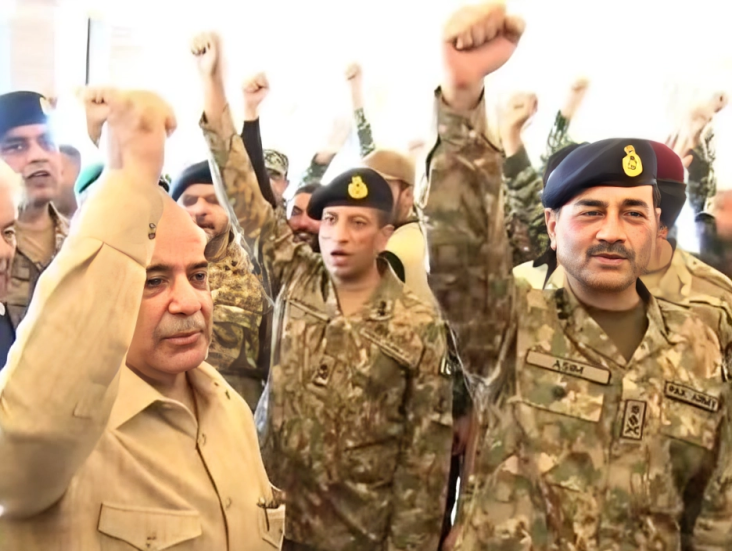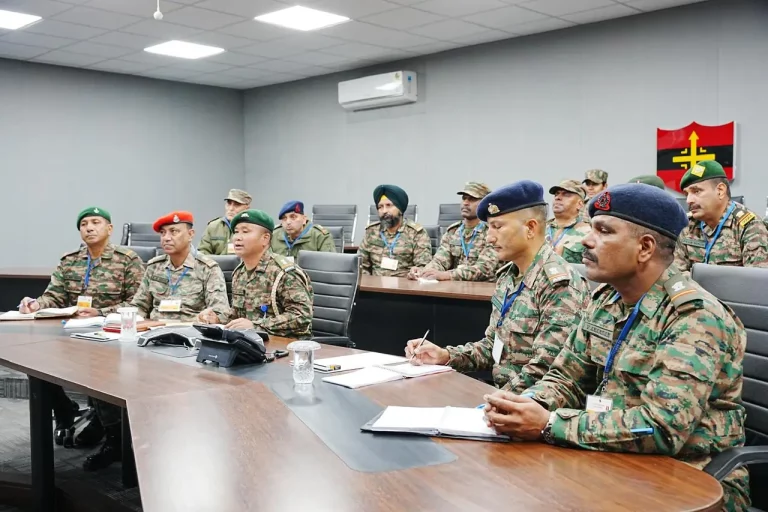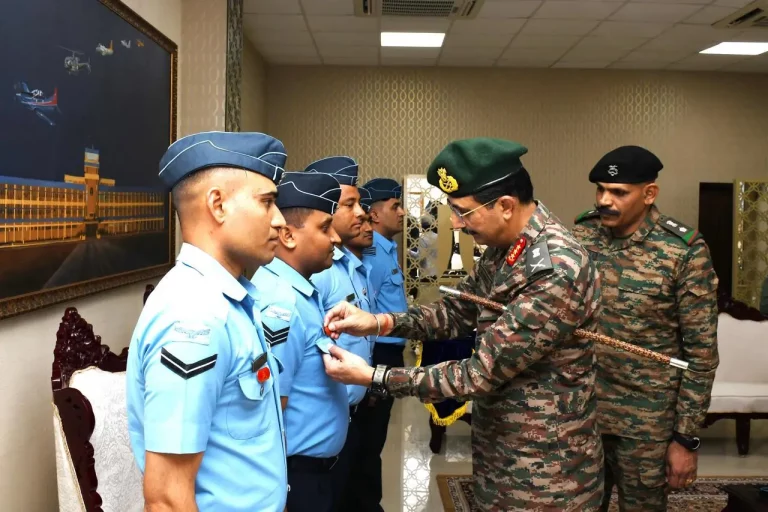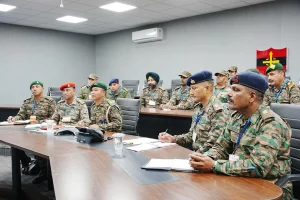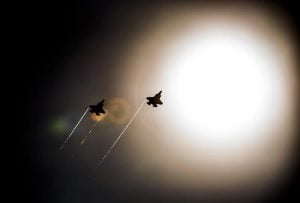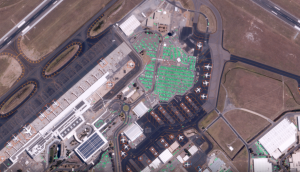In a startling revelation, Pakistan’s Prime Minister Shehbaz Sharif confirmed that Indian ballistic missiles struck deep within Pakistani territory, including the strategic Nur Khan Airbase, during the early hours of May 10. Speaking at a public gathering in Islamabad, Sharif recounted receiving a secure phone call from the Chief of Army Staff, General Syed Asim Munir, at 2:30 AM, alerting him to the missile attacks.
The Nur Khan Airbase, historically vital to Pakistan’s military aviation and located between Rawalpindi and Islamabad, was directly affected. Sharif noted that one missile hit this key facility, with additional strikes reported at various military sites across the region.
These missile attacks were part of Operation Sindoor, which India launched on May 7 as a response to a terror incident on April 22 in Pahalgam, where 26 Indian civilians and security personnel lost their lives. According to Indian officials, the operation resulted in the elimination of around 100 terrorists linked to groups like Jaish-e-Mohammed, Lashkar-e-Taiba, and Hizbul Mujahideen.
Conducted with coordination among the Indian Air Force, Army, and Navy, Operation Sindoor aimed at terror camps and strategic installations in Pakistan and Pakistan-occupied Kashmir. Targets included airbases, radar systems, and communications infrastructure across at least 11 locations. Among those affected were key Pakistani Air Force installations in Chaklala (Nur Khan) and Sargodha, with satellite imagery confirming subsequent impacts in Jacobabad, Bholari, and Skardu.
In response to the strikes, Pakistan retaliated with artillery fire across the Line of Control and launched drone and missile attacks aimed at Indian military assets in Jammu and Kashmir, Punjab, and Gujarat. This led India to conduct follow-up precision strikes against Pakistani radar and logistics installations.
Indian intelligence reportedly intercepted emergency communications from the Pakistani military soon after the strikes, indicating a heightened alert level regarding nuclear command structures. The Strategic Plans Division offices in Rawalpindi were believed to be on maximum alert status.
As international concern grew, Pakistan sought urgent intervention from the United States, which urged Islamabad to activate military hotlines for de-escalation. On May 10 at 15:35 IST, Pakistan’s Director General of Military Operations, Major General Kashif Abdullah, reached out to his Indian counterpart, Lieutenant General Rajiv Ghai. This communication was later confirmed by India’s Foreign Secretary, Vikram Misri.
The hotline discussion led to a mutual agreement to cease all military operations by land, sea, and air, effective from the evening of May 10. However, despite the ceasefire, Indian defense systems detected and intercepted multiple Pakistani drones over Jammu and Kashmir and Gujarat in the ensuing hours.
Foreign Secretary Misri accused Pakistan of breaching the ceasefire and asserted that India’s military responses had been measured and proportionate. He emphasized India’s commitment to vigilance against any further provocation. Additionally, India reiterated that its suspension of the Indus Waters Treaty, which was announced following the April 22 attack, would remain in effect regardless of the ceasefire agreement.
